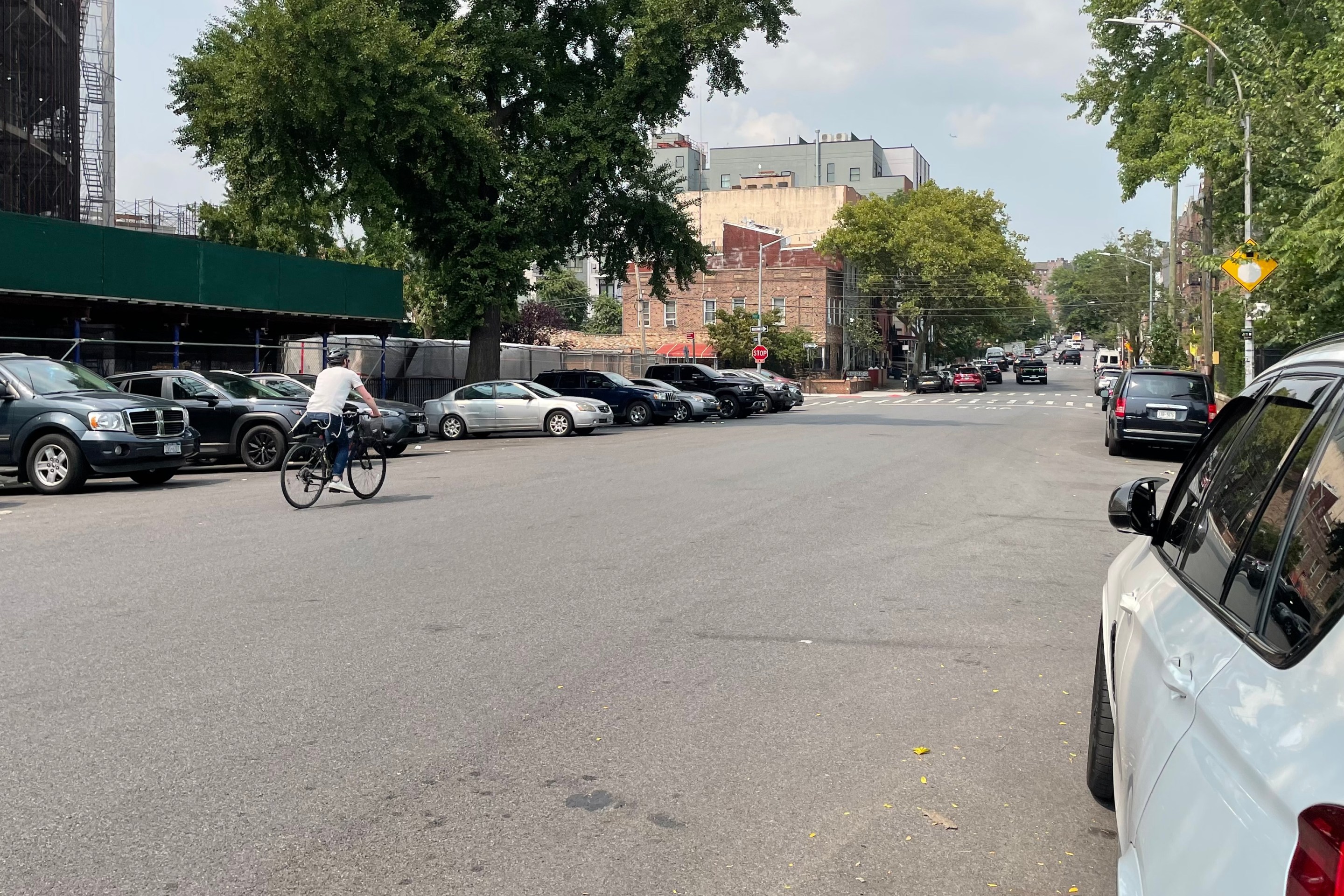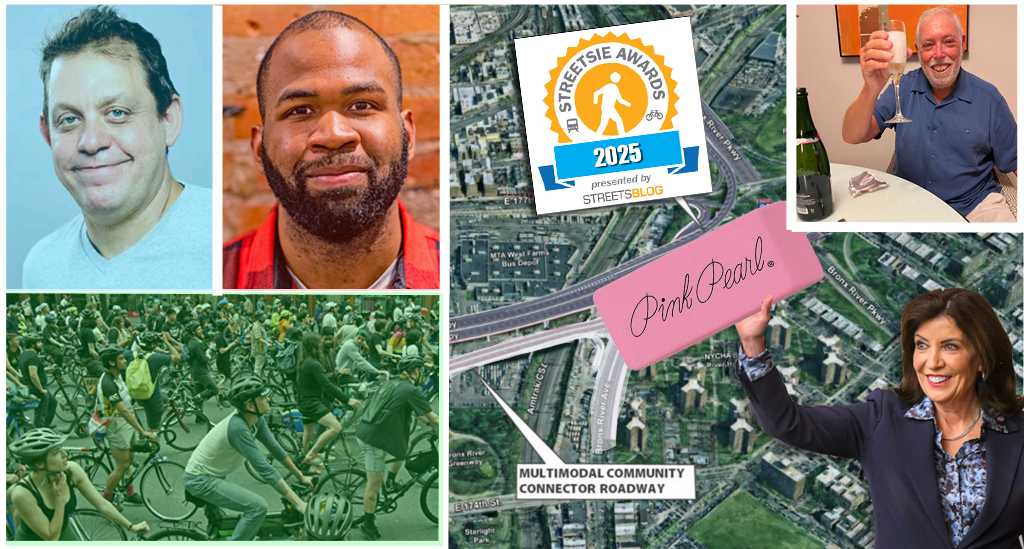
Earlier this week, Smart Growth America released an important study that illustrates how walkable development results in huge savings and significantly better returns for municipalities compared to car-centric development.
The analysis of 17 case studies found that walkable, mixed-use development produces 10 times more local tax revenue per acre than sprawl. In addition, SGA found that smart growth reduces infrastructure costs by more than a third, on average, and cuts operating costs like police and trash service by almost 10 percent.
Streetsblog got in touch with the study's lead author, William Fulton, Smart Growth America's vice president for policy development and implementation and the former mayor of Ventura, California, to further discuss the implications for local communities.
Here's what he had to say.
Angie Schmitt: What is the takeaway for communities that are maybe a little more suburban in nature at this point?
William Fulton: Smart growth is not beneficial just for big, urban cities. A community of any size -- even communities that are mostly suburban in nature -- can benefit fiscally from smart growth. Smart growth patterns even in small and mid-sized cities can have a tremendous influence on the budget. For example, the study from Champaign, Illinois, we cite in our report suggested that a smart growth approach to future expansion in that mid-sized Illinois city could turn a $19 million deficit into a $33 million surplus.
Even taxpayers who live in single-family homes stand to benefit from smart growth. If their communities approve conventional suburban development that generates a deficit, they will be faced with pressure for increased taxes. Smart growth can alleviate that pressure so that even people who live in single-family homes will be able to keep their taxes low.
Sooner or later if you’re a local government... you have to have the next hit from the next suburban development. Eventually you’re like a crack addict.
AS: Despite the public savings associated with smart growth, many communities offer tax incentives to big box stores and that type of development. What does this study say about that?
WF: All kinds of developments see some type of public investments. Conventional suburban developments depend on highway interchanges and other very, very expensive infrastructure.
These retail projects are attractive to local governments because you put money into it, and you see this immediate sales tax "pop." But there’s no guarantee you’re not cannibalizing your other retail.
A smart growth development that has a lot of well-connected housing and retail will be a far more reliable source of revenue. Generating property tax is a much more stable source of revenue for local governments.
Some hot new retailer comes in and 10 years later they’re out of business. Depending on sales tax is a very risky proposition compared to the very reliable revenue that will come out of a smart growth development.
AS: What about a municipality considering a suburban housing development? What would be your advice to them, given the results of this study?
WF: They probably should do a very careful analysis of how much that suburban project is really going to cost them and how much revenue they’re really going to get out of it.
It’s always very tempting to chase revenue. Next year that will immediately increase revenue because you’re building something that is not there now. But you have to look at the long term in a number of ways. How do you pay for the infrastructure? You have to look in the long run at what’s going to happen to revenues and costs. Typically what will happen is that the property tax revenues will level off by the time costs will go up.
Sooner or later if you’re a local government, you start losing money on that project. You have to have the next hit from the next suburban development. Eventually you’re like a crack addict.
AS: In the Nashville case study there was quite a large difference between the revenues generated per acre in the downtown, mixed-use development and the suburban "new urbanism" development. Are these findings an indictment of new urbanism?
WF: The new urbanist project is much more financially favorable to municipalities than the suburban project. The new urbanism project produces eight times more revenue than the suburban development. That’s a huge difference. That shouldn’t be overlooked. A tighter development pattern generates a much better physical picture.
If you replicate that in subdivision after subdivision, it’s going to make a big difference.






